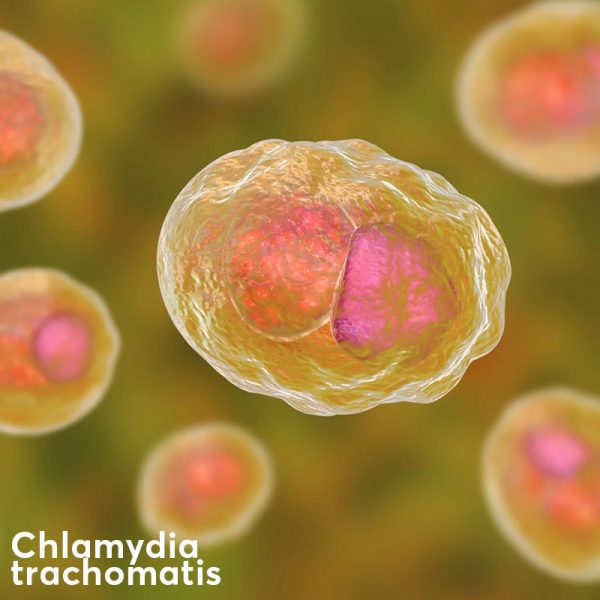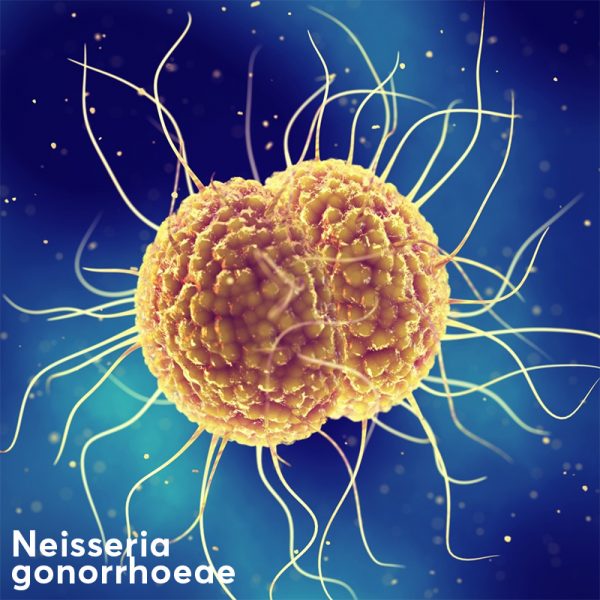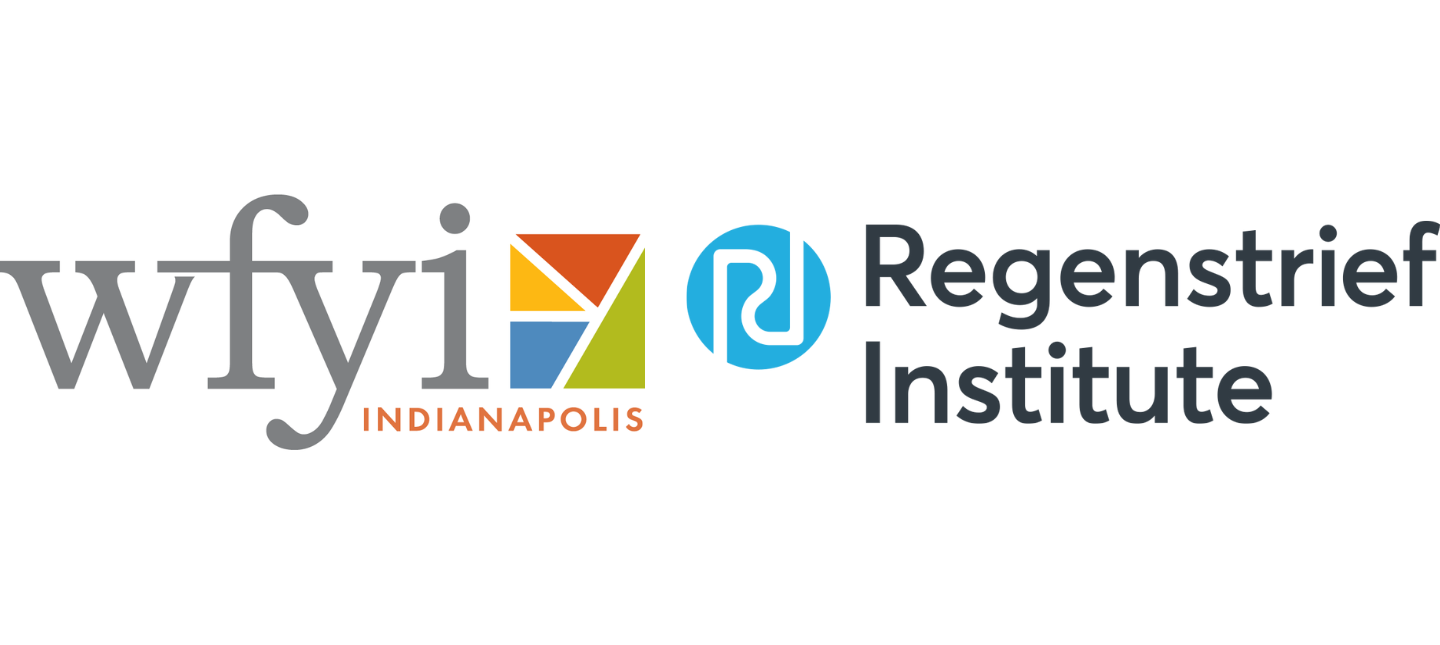
Katie Allen
Central Administration, Research Staff ScientistResearch Staff Scientist
POSTER: Findings from a Scoping Review: Presumptive Treatment for Chlamydia Trachomatis (CT) and Neisseria Gonorrhoeae (GC) in the USA
Katie S Allen, BS1, Rachel Hinrichs, MLIS2, Christine L Heumann, MD, MPH3, Melissa K Titus, MPH4, Thomas J Duszynski, PhD, MPH4,
Nimish R Valvi, DrPH1, Ashley Wiensch, MPH1, Brian E Dixon, PhD, MPA1, 4
1Regenstrief Institute, Inc.; 2Indiana University Purdue University Indianapolis; 3Indiana University School of Medicine; 4IU Richard M. Fairbanks School of Public Health

Introduction:
Infections caused by Chlamydia trachomatis (CT) and Neisseria gonorrhoeae (GC) are the two most common notifiable conditions in the US. Effective and timely treatment of these infections is critical to avoid future complications related to ongoing infection, including pelvic inflammatory disease, infertility, and urethral strictures.
CT, which is largely asymptomatic, relies on screening tests for diagnosis and treatment. Among women, gonococcal infections are commonly asymptomatic or might not produce recognizable symptoms until complications (e.g., pelvic inflammatory disease) have occurred. Currently, Nucleic Acid Amplification Tests (NAAT) are commonly used for the diagnosis of chlamydia and gonorrhea, and testing results can take several days to return. Because testing results are not available at the time of the clinic visit, many patients can be lost to follow up if not treated during the clinic visit, increasing the potential for CT and GC to remain untreated.

Accordingly, the CDC Sexually Transmitted Diseases Treatment Guidelines include recommendations to presumptively treat CT and/or GC in persons with symptoms or known contact. In the absence of point-of-care testing (the first POC chlamydia and gonorrhea test was approved by FDA on March 30, 2021, and is not yet broadly used in US), treatment decisions are dependent on individual clinician discretion, leaving the potential for variability of presumptive treatment across care settings and health systems. The approach is also not without risk, including increasing the potential for antibiotic resistance, increased healthcare costs, and adverse events (e.g., allergic reactions.) However, under-diagnosis and under-treatment of these conditions remains a large concern for public health.
Understanding current patterns in presumptive treatment is important for better directing interventions and studies to guide prescribing practices. Accordingly, the aim of this scoping review is to characterize the literature around presumptive treatment for CT and GC infections. The primary goal was to assess three rates related to treatment of CT and GC in the US: (1) rates of presumptive treatment; (2) the rates of over treatment (treating when disease not present), and (3) the rates of under treatment (failing to treat when disease is present).
Methods:
We conducted a systematic search of four literature databases from 2006 until November 5, 2021. To narrow the results in line with the eligibility criteria, search filters were applied to remove studies not set in United States, studies on infections in neonates, animal studies, randomized controlled trials, and case reports. The results were also limited to English language articles.
Study inclusion criteria stipulated publications reporting on adolescent and adult populations (14 and older) with presumptive health care services for CT and/or GC with reported treatment and positivity rates. Additionally, the healthcare setting was required to be within the United States. Initial title and abstract review were conducted independently utilizing the Covidence™ systematic review platform.
Full text review and data extraction from included studies was completed by author KA. Extracted data elements included publication details (title, journal, date); study details (setting, population demographics, design); and reported treatment and positivity rates. Given the variability in reporting, reported study data was used to calculate the variables. Where possible, median time to follow-up on patients positive, but not treated presumptively was recorded, as well as the percent left untreated.
Results:
Table 1 shows the presumptive treatment data for the outpatient subgroup (n=6). One study had stated inclusion criteria of presumptive treatment, thus having a treatment rate of 100%. In the outpatient setting, the average rate of presumptive treatment across all studies was 42.96. The average positivity rate following presumptive treatment, across all studies, was 34.0%. Studies which reported on positive results without presumptive treatment ranged from 3.13% to 15.62%. The outpatient articles pertained only to adult populations, with no adolescents included. Four contained data from single-site organizations. Half focused on men and the other half included both. The clinic settings were primarily urban academic medical centers, with one study representing state-wide public health clinics.
Results:
Table 2 presents the presumptive treatment data for the emergency department/urgent care subgroup (n=12). The average rate of presumptive treatment across all studies was 41.58%. The average positivity rate, across all studies, following presumptive treatment, was 28.07%. Eight studies utilized data from single-site organizations. One article represented data from a multi-site urgent care network. Five studies focused exclusively on female patients and one focused on male subjects. Four studies had a female inclusion rate greater than 75% of the cohort. Three studies included adolescents, either as the sole focus or as part of the cohort. Clinical settings were primarily large, urban, academic medical centers with one study representing urgent care centers in a small, urban area.





